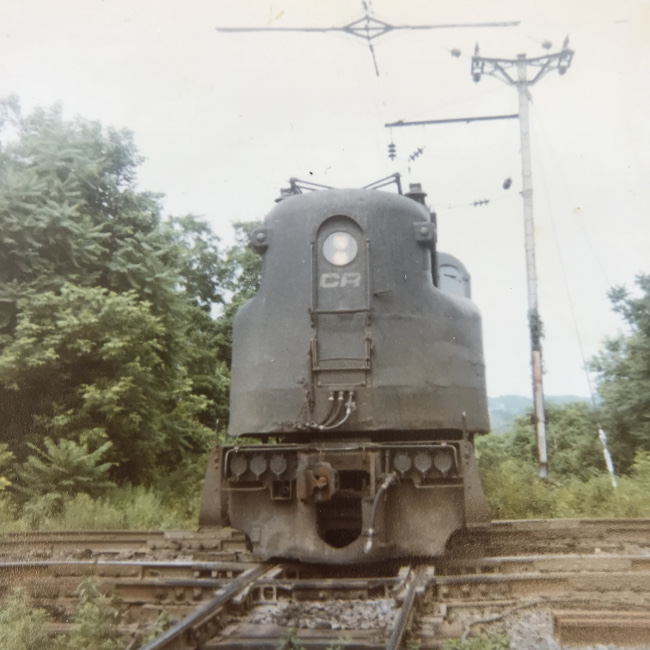
In my early teens, I was obsessed with railroads. "Train-watching," it was called at the time, and it was almost an entirely a male pursuit (go figure).
So wherever I could visit, I took a crappy point-and-shoot 126 camera, and headed down to whatever railroad tracks were nearby to take some photos. They're all pretty terrible, but it was an exciting time to be a railfan, it turns out.
The late 1970s was truly the twilight of the railroads as a major force in the country. The U.S. industrial era was drawing to a close. The great amounts of coal mined from the mountains were no longer needed to serve the factories in the midwest. And when the imports from other countries arrived, the shipments were more likely to be served by trucks, favorably subsidized by the recently-minted U.S highway system. Any the business from carrying passengers, which never made much money to begin with, utterly vanished with the advent of the automobile.
Ergo, the railroad industry was shrinking fast. At the time they had just started down a path of painful consolidation (which continues to this day). A wealth of regional companies got sucked up into unweldy blobs of larger conglomerates.
But the upshot was that, when you heard a slow-moving railroad train approaching, and the engines turned the corner, you never knew quite what you would see. They could be of any make and in any shape, could be from any one of a number of recently-bankrupted companies, painted in any number of archaic but beautiful color schemes. Seeing a yellow, red, and grey Erie Lackawana engine, or even an regal brown electric engine with the orginal PR RR trimmings, was to, even then, catch a glimpse of a younger, hopeful, certainly more industrial America.
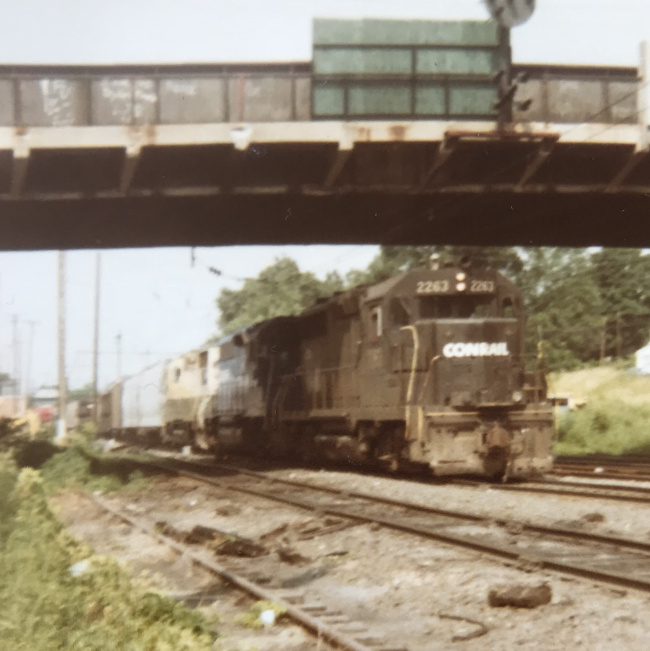
For the mid-Atlantic region of the U.S., the consolidation pretty much started in 1968 with the Pennsylvania Railroads merging with The New York Central, two titan competitors of an earlier era. The resulting Penn Central turned out to be an epic disaster. Blame it on the aging, neglected equipment and tracks or the stiff regulation that failed to bend to market dynamics, Penn Central was soon losing up to $1 million a day.
Within a year, Penn Central had filed for bankruptcy, which turned out the be the largest in U.S. history at the time. The elegant brown Pennsylvania RR color schemes of the locomotives were replaced with a flat black color and vaguely dystopian PC logos --at least for those locomotives that they bothered to repaint at all.
In fact the Penn Central imploded so badly it took out many, if not most of the railroads it connected with, including, but not limited to, the Ann Arbor Railroad, Erie Lackawanna Railway, Lehigh Valley Railroad, and the Reading Railroad.
The government stepped in 1976 to meld all these companies into one entity, called Conrail. Conrail's bright blue locomotive paint schemes looked hopeful, but it would take years to paint all the engines to hide their former identities.
...And this is when I arrived with my camera.
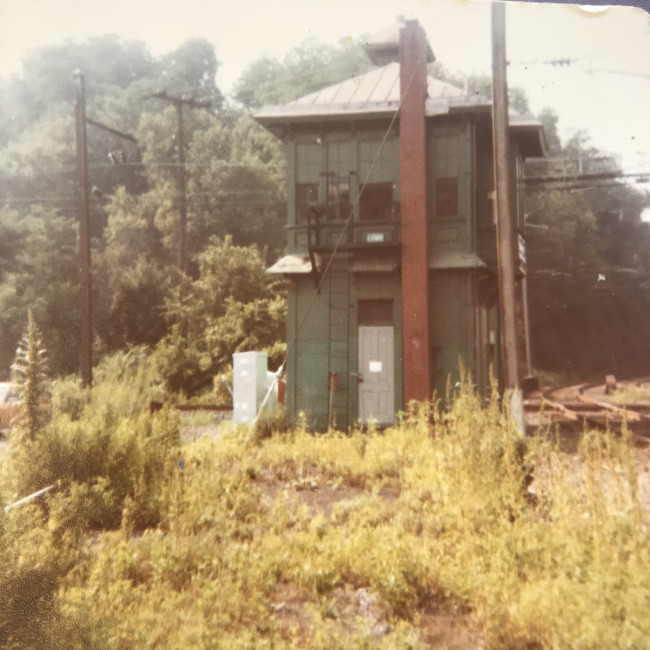
The pictures below capture the train traffic rolling through Conrail's Lemoyne Junction (AKA "Lemo Tower"), in Lemoyne Pennsylvania, a few miles south of Enola Yard, and across the Susquehanna River from Harrisburg.
At the time, Conrail would shuttle the electric locomotives (those that drew power from the overheard catenary wires) between Enola and Harrisburg through Lemo, so I caught a lot of the rare, gorgeous one-of-a-kind GG1s and E44s engines in their last days.
Even though the traffic from the Pennsylvania factories and steel mills was tapering off, Enola Yards remained the largest railyard in the world, though fewer of the yard tracks were occupied and the trains seemed to move slowly. These were the years just after the 1972 Agnes Flood, which had left everything around those parts washed out.
These days, most of these tracks have been abandoned, with only the Cumberland Valley extension still in local operation.
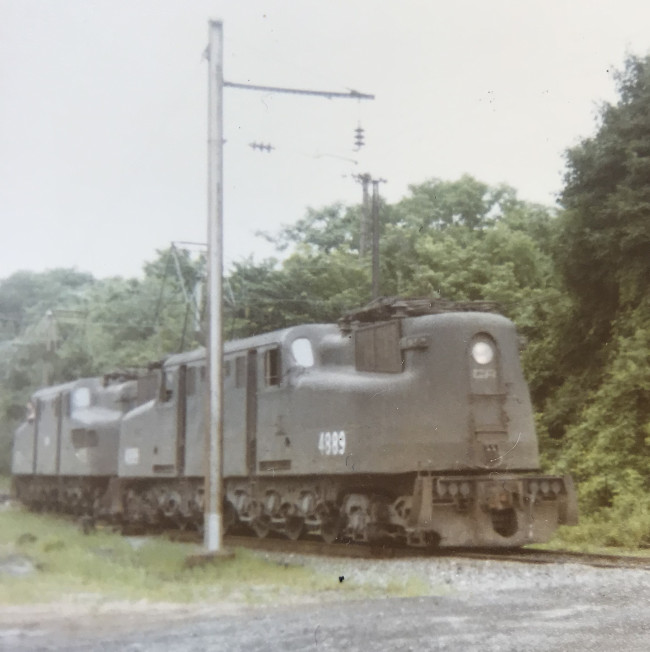

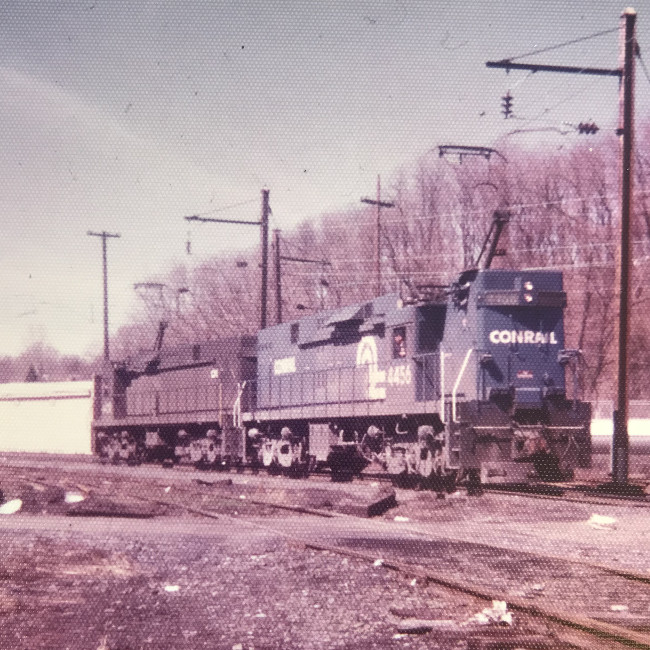
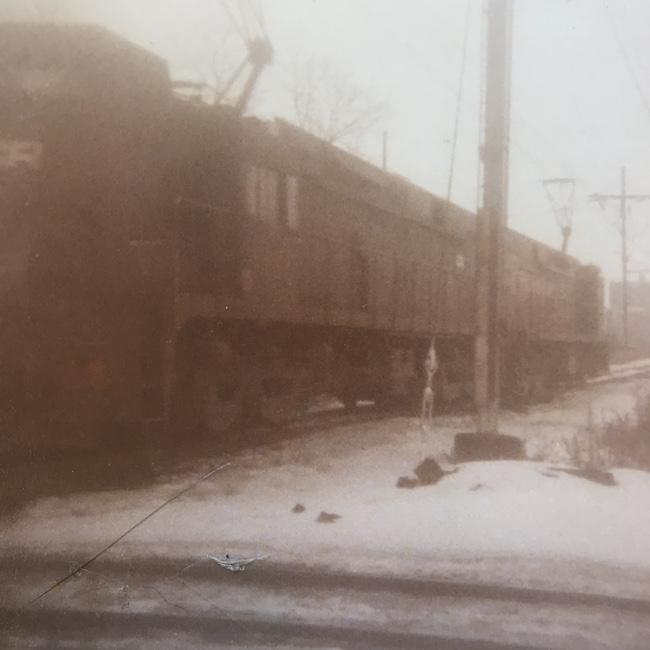
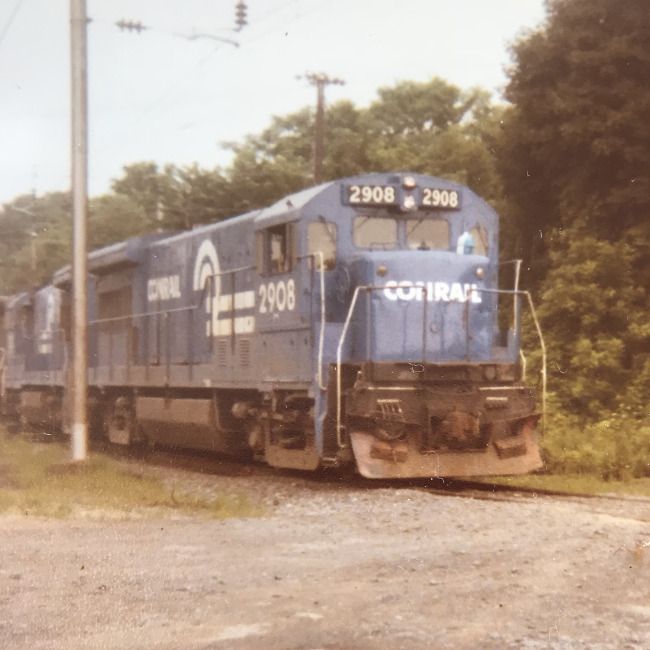
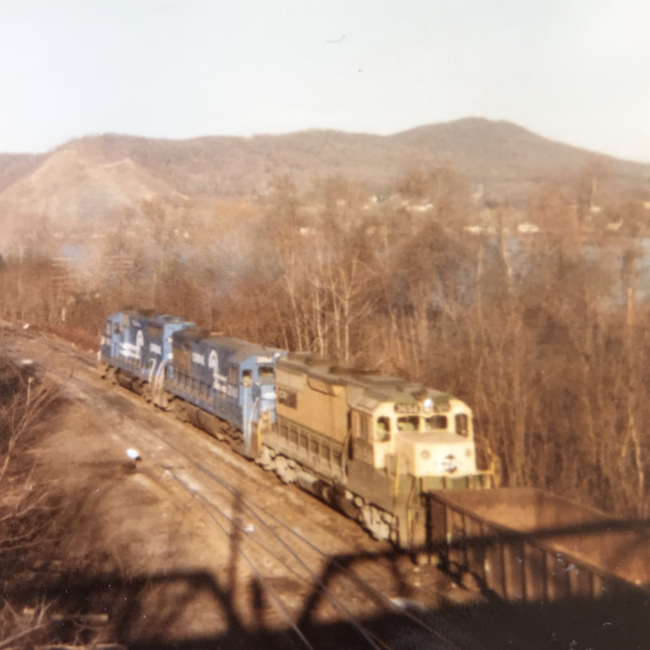
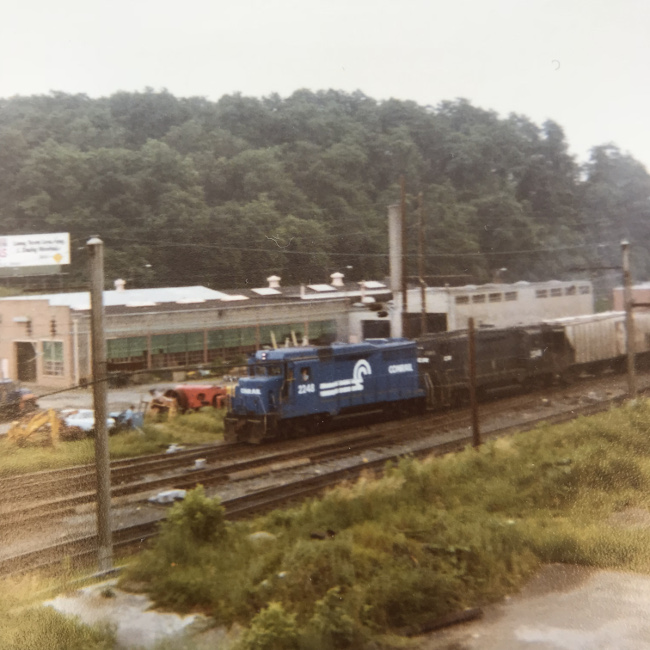
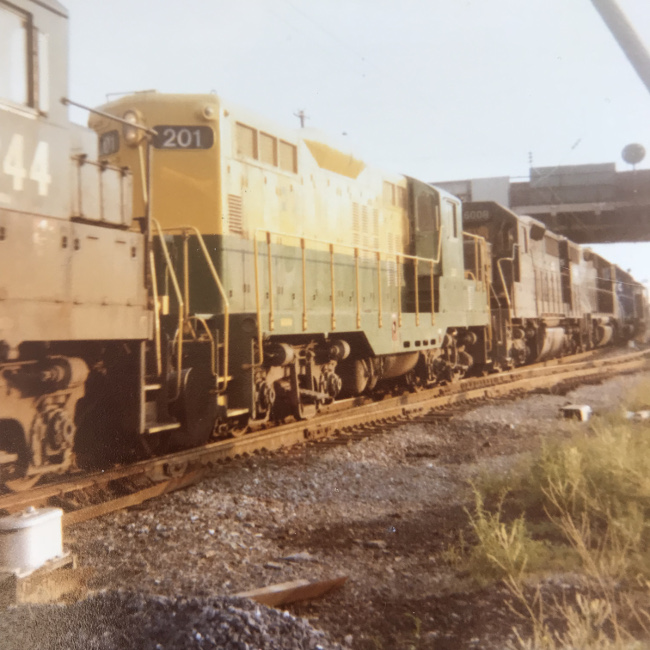
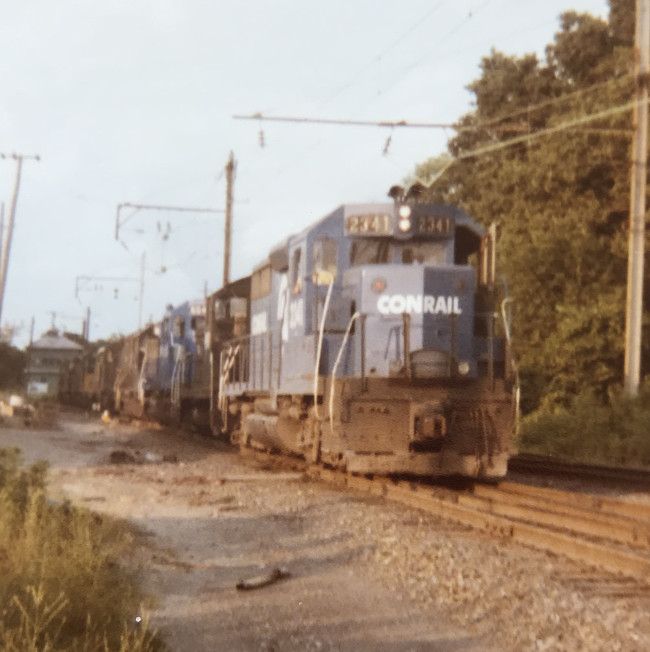
Remarkably, Conrail became a true government success story. In 1997, it was sold off to two rivals from the south, CSX and the and Norfolk Southern.
More on CSX in Part 2 of this series: The Western Maryland Railroad.